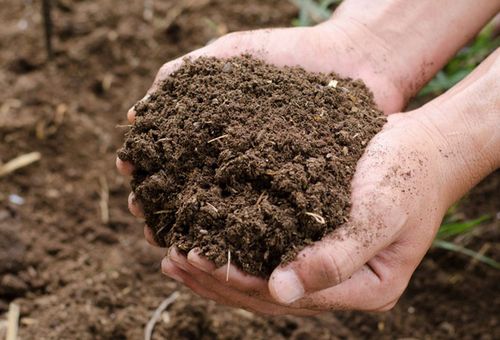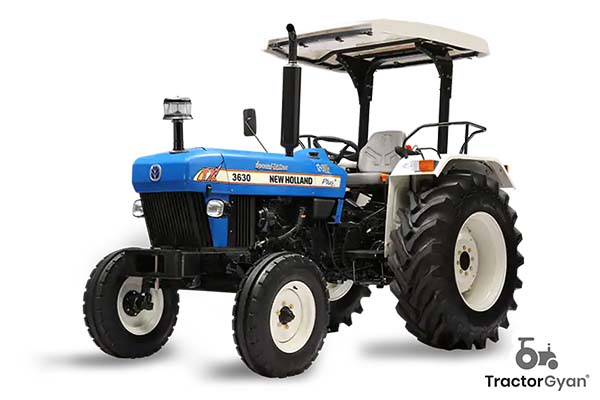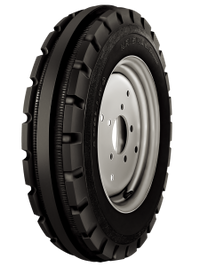In the world of organic farming and gardening, the use of animal dung as a natural fertilizer has been a practice for centuries. Among the various types of animal dung available, cow dung and buffalo dung are two of the most commonly used. While they may seem similar on the surface, there are significant differences between these two types of manure. In this article, we will explore the distinctions between cow dung and buffalo dung manure and their respective benefits for agricultural purposes.
Understanding the Composition
Cow Dung Manure
Cow dung, also known as cow manure, is derived from the waste produced by cows. It consists of a mixture of digested and undigested food, along with some bedding material. Cow dung manure is readily available in many parts of the world and is used extensively in agriculture due to its nutrient-rich composition. It is considered a balanced fertilizer with a moderate nutrient content.
Buffalo Dung Manure
Buffalo dung, on the other hand, is obtained from the waste of domestic water buffaloes. Similar to cow dung, buffalo dung contains a blend of digested and undigested feed materials. However, buffalo dung is known for having a higher nutrient content compared to cow dung. It is particularly rich in nitrogen, making it a potent fertilizer for certain crops.
Nutrient Content Comparison
When it comes to nutrient content, buffalo dung outshines cow dung in several aspects. Buffalo dung typically contains higher levels of nitrogen, which is a crucial nutrient for plant growth. Nitrogen promotes lush foliage, vibrant green leaves, and robust vegetative growth. This makes buffalo dung a preferred choice for crops that require an abundance of nitrogen, such as leafy greens and grasses.
Cow dung, although not as rich in nitrogen as buffalo dung, offers a more balanced nutrient profile. It contains a fair amount of nitrogen, along with other essential nutrients like phosphorus and potassium. This balanced composition makes cow dung a versatile choice for a wide range of crops, including vegetables, fruits, and grains.
Soil Conditioning
Apart from their nutrient content, cow dung and buffalo dung also differ in their impact on soil structure. Cow dung has a higher percentage of organic matter, which improves soil structure and enhances its water-holding capacity. It helps sandy soils retain moisture and prevents them from drying out too quickly.
Buffalo dung, due to its higher nitrogen content, primarily acts as a nutrient booster for plants. It enhances soil fertility and aids in the rapid growth of nitrogen-loving crops. However, it may not contribute as effectively to soil conditioning as cow dung.
Odor and Handling
One noticeable difference between cow dung and buffalo dung is their odor. Cow dung compost generally has a milder and less pungent smell compared to buffalo dung, which can be quite strong and offensive. This makes cow dung a more pleasant option for those who are sensitive to odors.
In terms of handling, both types of dung require proper composting or aging before being used as a fertilizer to eliminate harmful pathogens and reduce odor. Handling precautions should be taken with both cow and buffalo dung to ensure safety and effectiveness.
Conclusion
In summary, while both cow dung and buffalo dung manure serve as valuable organic fertilizers, they have distinct characteristics. Buffalo dung excels in its higher nitrogen content, making it ideal for nitrogen-demanding crops, while cow dung offers a balanced nutrient profile and better soil conditioning properties. The choice between the two depends on the specific needs of your crops and your tolerance for odor during handling.
FAQs
- Is buffalo dung better than cow dung for all crops? Buffalo dung is better for crops that require high nitrogen levels. For other crops, cow dung may be more suitable due to its balanced nutrient content.
- Can I use cow and buffalo dung interchangeably? Yes, you can use both types of dung as organic fertilizers, but consider the nutrient requirements of your crops for the best results.
- Do I need to compost dung before using it in my garden? Yes, it is advisable to compost cow and buffalo dung to eliminate pathogens and reduce odor. Composting also enhances their effectiveness as fertilizers.
- Are there any risks associated with using dung as fertilizer? Properly composted dung is generally safe to use. However, always follow safety guidelines to minimize the risk of contamination.
- Where can I find cow and buffalo dung for gardening? You can often obtain cow and buffalo dung from local farms or purchase composted dung from the gardening supply store




